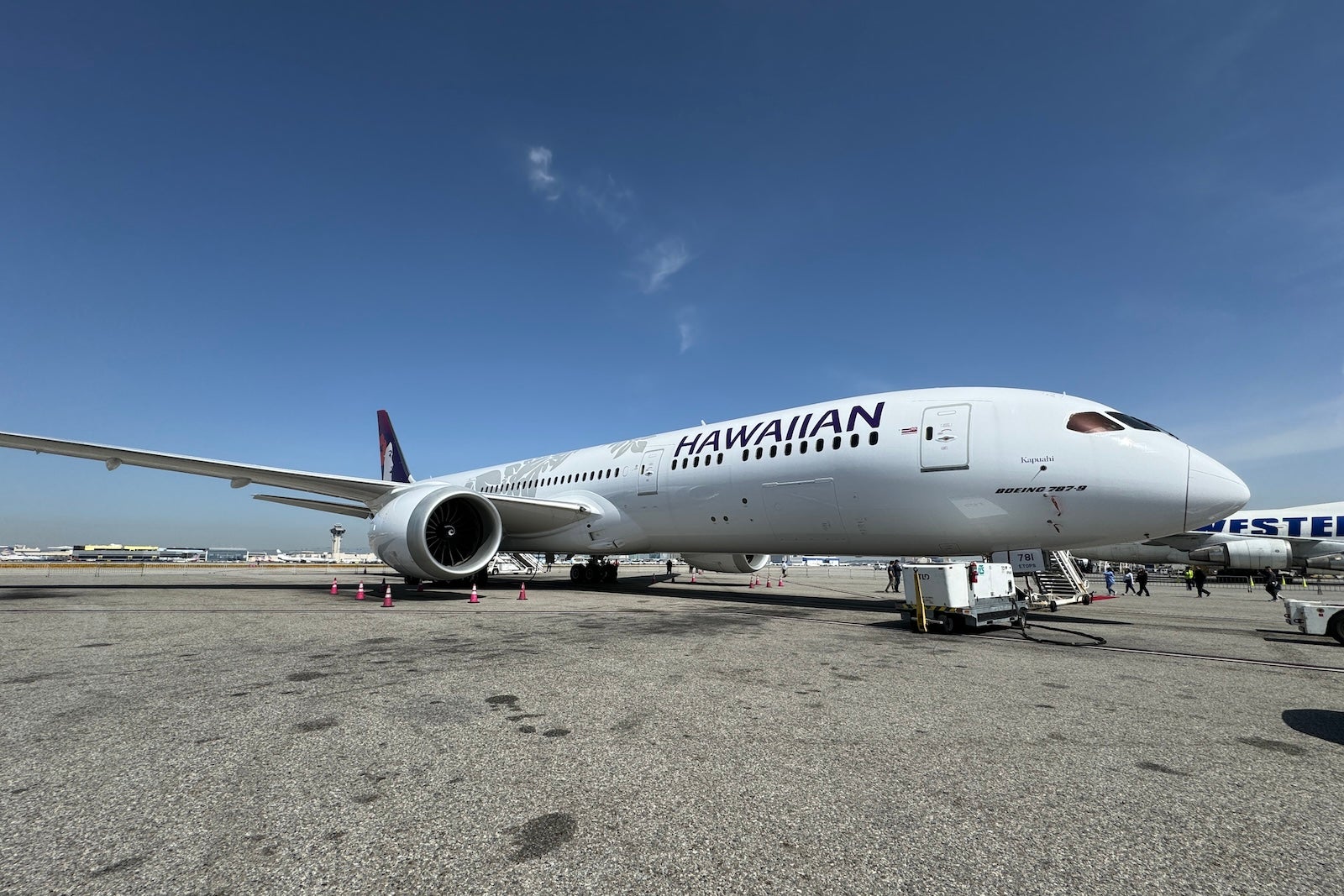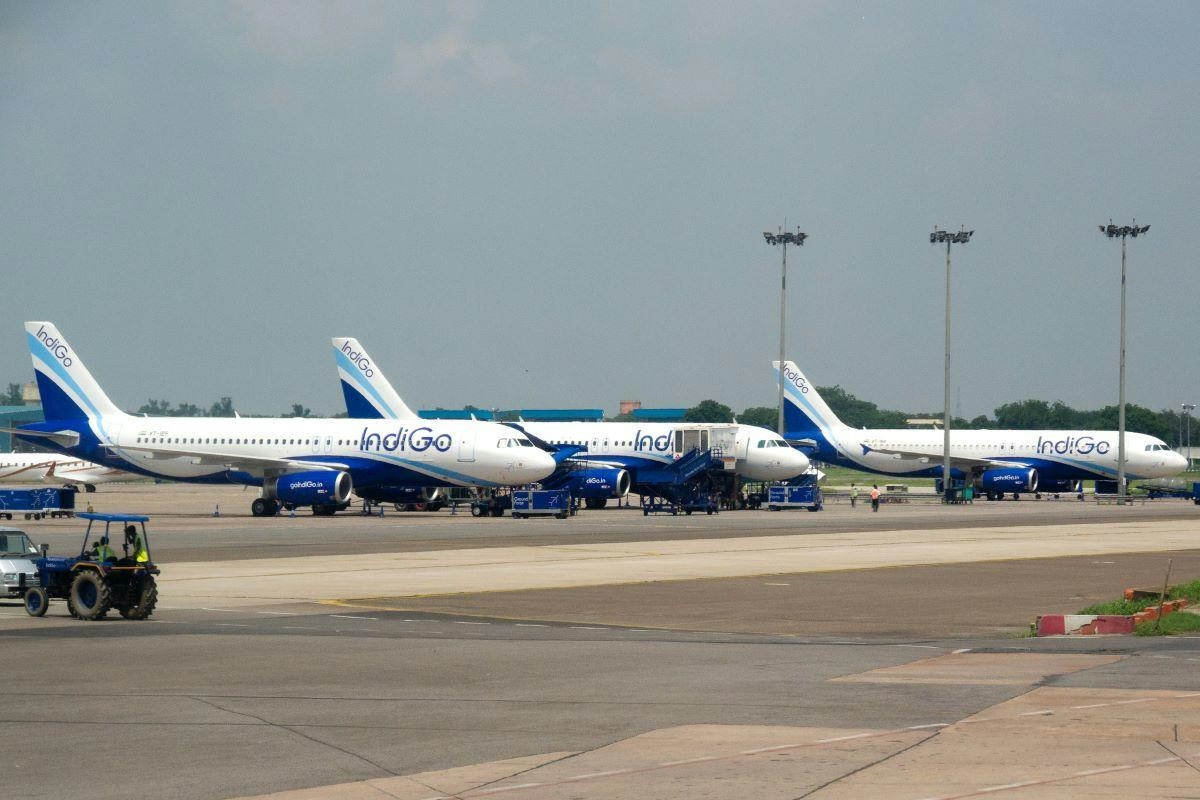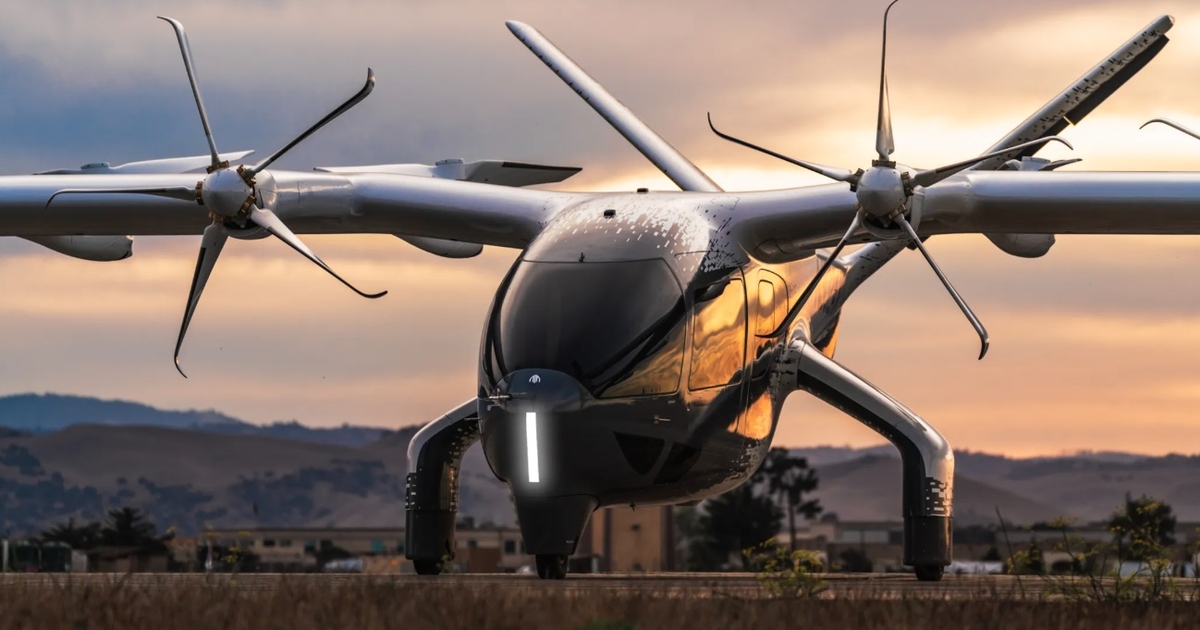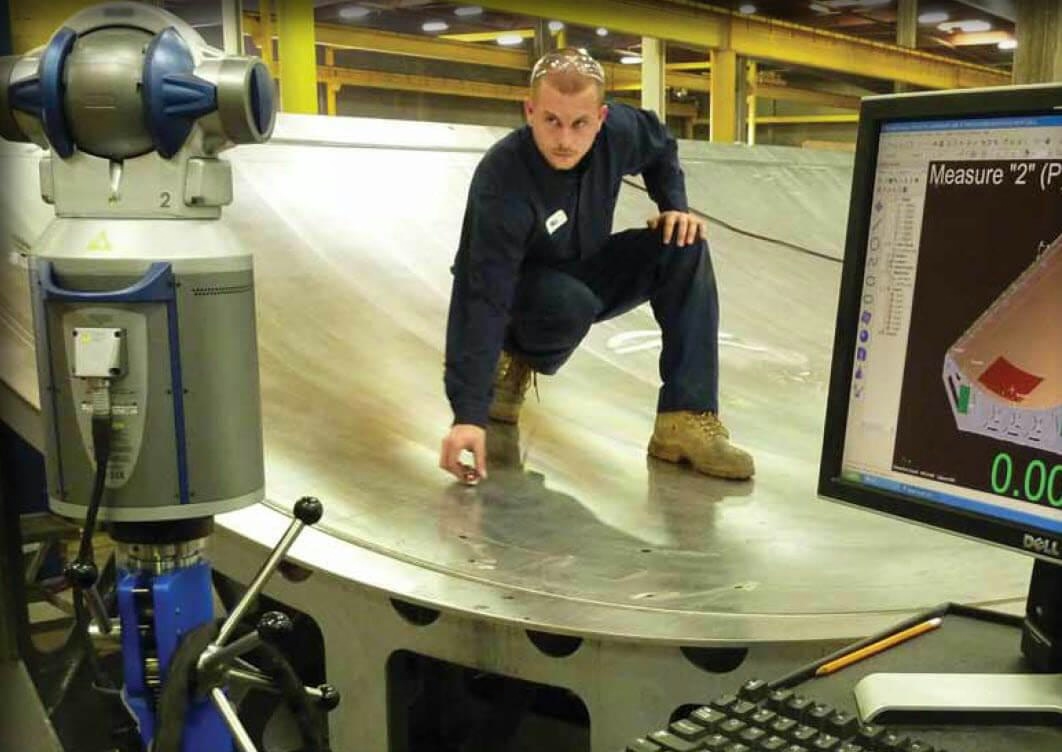
E-mail mais inteligente, negócios mais rápidos. Marque, analise e responda automaticamente a RFQs, cotações, pedidos e muito mais — instantaneamente.
Tendências
Mallaghan

Mallaghan
Mallaghan, headquartered in Northern Ireland, stands as a global leader in the design and manufacture of aviation ground support equipment (GSE). As one of the largest privately held, family-owned companies in its sector, Mallaghan has expanded its footprint with an assembly facility in Atlanta and a newly opened factory at its Dungannon site—key milestones in its ongoing growth strategy.
With a client base spanning leading airlines, airports, catering companies, and ground handling providers worldwide, Mallaghan is dedicated to advancing airport ground operations. Its comprehensive product portfolio includes high-lift trucks, lavatory and water service vehicles, passenger stairs, aircraft belt loaders, and de-icers. Notably, Mallaghan is recognized as the world’s largest manufacturer of high-lift trucks, serving critical functions such as catering, cabin operations, and medical transport.
Commitment to Innovation and Sustainability
“Innovation and quality are at the core of our business,” says Joe Griffith, Chief Commercial Officer. Employing around 500 people globally, Mallaghan has demonstrated consistent growth, particularly as demand for environmentally friendly GSE accelerates. While Europe currently leads in electric GSE adoption, North American cities like New York, Boston, and Los Angeles are rapidly advancing decarbonization efforts through grants and policy support, opening new opportunities for clean-power ground support equipment.
Mallaghan’s vertically integrated manufacturing process—from raw steel through laser cutting, welding, painting, and final assembly—enables complete control over quality and rapid innovation. This approach ensures the consistent production of high-quality, customized products and allows the company to swiftly respond to evolving industry needs.
Operating in over 120 countries and producing more than 1,000 units annually, Mallaghan is not only a dominant force in its sector but also a pioneer in electric and sustainable GSE solutions. The company has embedded environmentally conscious practices throughout its value chain, from monitoring energy usage in manufacturing to developing fully electric and alternative-fuel vehicles. All five core product categories—high lifts, lavatory/water trucks, stairs, belt loaders, and de-icers—now include electric or alternative-fuel variants.
Navigating Industry Challenges
As Mallaghan continues to innovate, it faces challenges familiar to many in the sector, such as scaling up manufacturing, ensuring regulatory compliance, and achieving market acceptance for new technologies. The commercial launch of advanced products, like the award-winning all-electric Mallaghan SkyBelt and the Electric Self-Propelled Toilet Service Truck, requires careful navigation of regulatory landscapes and close attention to customer feedback. Market reactions are influenced by the efficacy, safety, and reliability of these new solutions compared to competitors, who may respond by enhancing their own offerings or adapting strategies to shifting regulatory and market dynamics.
Leading the Change
Among Mallaghan’s recent achievements is the launch of North America’s first fully electric, refrigerated, wide-body capable catering truck, developed in partnership with Delta Air Lines. Innovations like the SkyBelt, featuring an advanced aircraft-controlled approach system, are designed to minimize ground handling risks, reduce downtime, and lower environmental costs—demonstrating Mallaghan’s commitment to safer, more efficient, and sustainable airport operations.
As the aviation industry continues to evolve, Mallaghan’s focus on quality, innovation, and sustainability positions it at the forefront of ground support equipment manufacturing worldwide.

Petrolimex Aviation Selects CDNetworks' AI-powered Cloud Security Platform

Alaska Airlines orders more Boeing 787s, to open Dreamliner base in Seattle

China’s AECC successfully flight tests additively manufactured micro turbojet engine

Archer Aviation’s Midnight eVTOL Test Flights in Abu Dhabi Advance UAE Air Taxi Deployment

IndiGo and AI Express Boost Passenger Traffic at Hindon Airport with New Routes

Air Taxi Takes First Test Flight in Abu Dhabi

Estonia Sells Former Flag Carrier Nordica’s Fleet To U.S. Buyer

Rethinking Assurance Models in Aerospace

MTU Charts Aggressive MRO Growth Path
